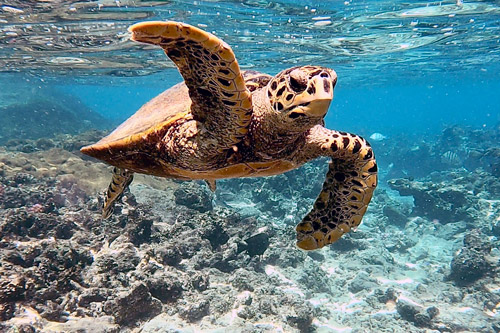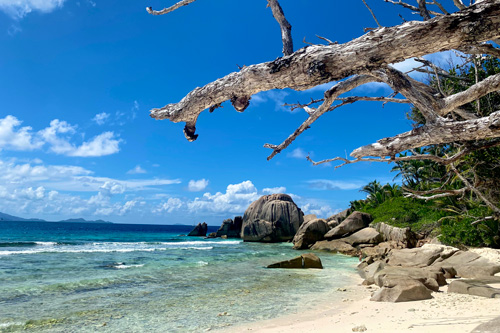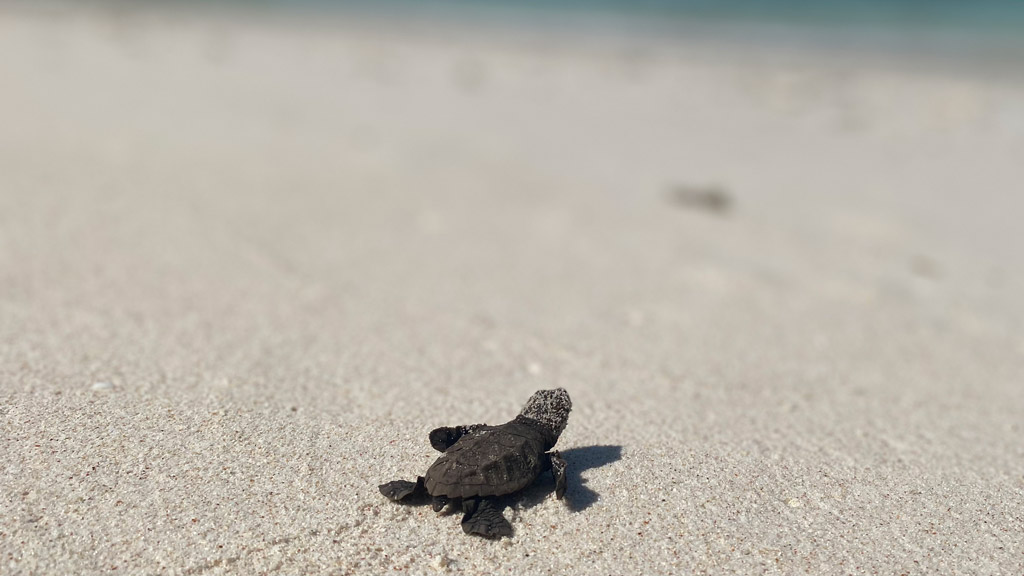ORP Seychelles
Established: 2021
Base:
Félicité
The Seychelles Archipelago is located in the western Indian Ocean about 1600km from the African mainland. The Archipelago encompasses 115 Islands, which can be divided into the granitic inner islands and the coralline outer islands. The Seychelles contain two UNESCO World Heritage sites: The Vallee de Mai (inner Islands) and Aldabra Atoll (outer Islands).
The Islands only add up to a total landmass of 455km2, however the exclusive economic zone takes up an enormous 1.3 million km2. As a result of the Marine Spatial Plan Initiative one third of the territory is declared as Marine Protected Area, a region larger than Germany.
About the Inner Islands

The 42 Inner Islands lie on the shallow Seychelles Bank and are ancient parts of the submarine Mascarene Plateau. The main vegetation types are lowland and coastal forest, mangrove forest, riverine forest and glacis.
The islands have been isolated throughout geographic history, resulting in a unique biodiversity with a high degree of endemism (endemic species). They are home to over 1,000 species of fish of which 400 are confined to reefs, fifty-five species of sea anemones, 300 scleractinian corals, 150 species of echinoderms, 350 species of sponges, and five species of sea turtles.
Of the five species of sea turtles, only the hawksbill and green turtles nest. Nesting numbers of green turtles in the Inner Islands have been decreasing drastically and are nowadays mostly found in the Outer Islands.

Seychelles is home to one of five regional populations of hawksbill turtles with more than 1000 females nesting annually. Another unique feature is that hawksbill turtles in Seychelles tend to nest during daylight.
Sea turtles in Seychelles have been protected by law since 1994 and strong conservation initiatives have been implemented. Flipper tags are widely used in Seychelles to track movement patterns and evaluate site fidelity. While this has resulted in a good understanding of the nesting turtles and their biology, it also constrains the results and does not allow us to understand the entire population including male and juvenile turtles.
Main Activities & Key Objectives

We work in the inner Island of Seychelles, near the Ile Coco Marine Park, which is renowned for its abundance of the critically endangered hawksbill turtles. In collaboration with the Seychelles Parks and Gardens Authority we are working towards the best protection of our local hawksbill turtle populations and assist in habitat recovery.
Long-term objectives of the project are to establish a sea turtle photo-ID database for Seychelles to investigate the size, structure, environmental, spatial and temporal trends of sea turtles within the inner Islands of Seychelles.
The non-invasive photo ID program will allow to assess trends of the entire population and will not be limited to nesting turtles.
In addition, this project will give valuable insights into nesting behavior of sea turtles in Seychelles and will ensure the protection of nesting beaches on Felicité which is needed to increase nesting success.

